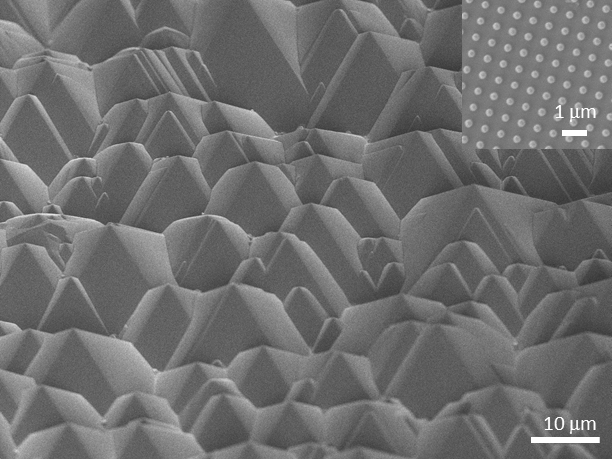Joshua Kuntz (15-ERD-043)
Abstract
We plan to extend the range of material transparency from the optical towards microwave regimes by developing microscopic- and nanometer-scale structures that allow us to control and manipulate the electromagnetic response of materials. Such materials could have applications in a broad range of areas such as sensors, communications, solar cells, and lasers. It has been theoretically and empirically shown that arrays of these structures on and within materials can yield unique responses, such as eliminating optical reflection and increasing adhesive properties. We will utilize and develop modeling, synthesis, and fabrication techniques to design and implement complex structures with designed responses. Our primary goal is to use three-dimensional metamaterials—artificial materials engineered to have specific properties not usually found in natural materials—to extend the wavelength of absorbing materials such that a single material will be able to absorb several wavelengths from the visible towards the microwave regime.
To implement microscopic and nanometer-scale structured arrays onto surfaces for prescribed responses, we will institute a combined effort of modeling, fabrication, and characterization. By varying the process order of coating and etching for producing hierarchically structured composite materials, we hope to generate the widest possible range of hierarchies and thus produce wide-band metamaterials. We expect to design and fabricate optically transparent materials based on "meta-atoms" designed from polymers, dielectrics, metals, and semiconductors. A lattice of these meta-atoms will have a specific broadband transparency ranging from optical to possibly microwave regimes. We will work to extend the transparency range towards the microwave regimes by iterating with fabrication and then using electromagnetic simulation. Throughout, we will measure and characterize the reflectivity of each generation of material. With the final material, we will characterize the optical-to-microwave response by simulations under a variety of conditions, including extreme temperatures.
Mission Relevance
Broadband metamaterials have applications in a range of DOE and LLNL mission areas such as the use of sensors or lasers for applications in national and energy security. This research will leverage the investments made towards additive manufacturing while creating new materials with optimized physical properties, other than mechanical. Our research project thus aligns well with LLNL's strategic plan, specifically the core competency in advanced materials and manufacturing.FY15 Accomplishments and Results
For FY15 we (1) designed meta-atoms made of composites of polymers and carbon polymorphs; (2) varied the morphology, size, and amount of the carbon phase to intentionally vary the optical and microwave properties of the composites; (3) characterized the produced composites; and (4) produced a mesoscale microwave-manipulating structure from metal and dielectric materials from literature for baseline comparison to our electromagnetic simulation tools.






